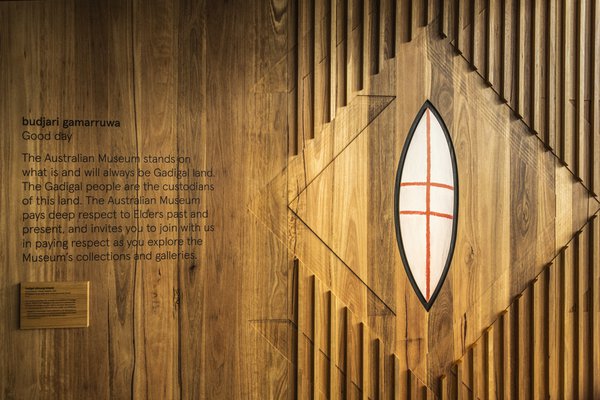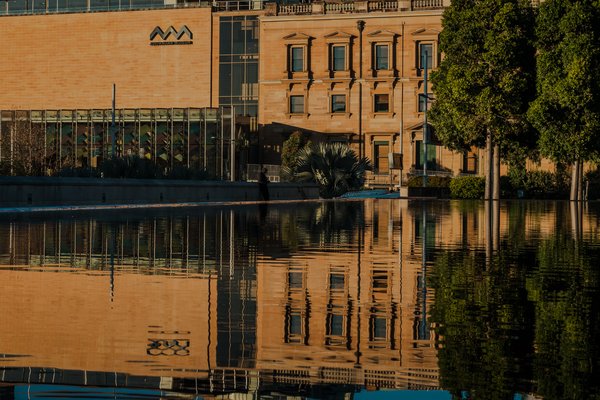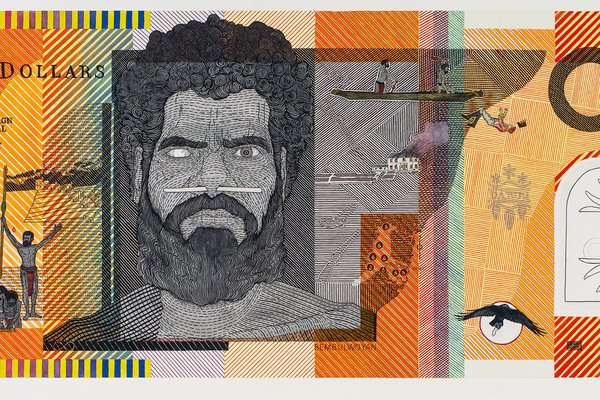Unsettled: Primary unit

-
Audience
Primary school -
Learning stage
Stage 3 -
Learning area
Creative Arts, English, First Nations, History, Mathematics -
Type
Learning unit, Learning resources
On this page...
The development of these education resources was funded by an anonymous donation through the Australian Museum Foundation.
Australia’s foundation story is more than the voyage of James Cook or the arrival of the First Fleet. It is a story about the seizure of land from First Nations peoples, denial of Indigenous sovereignty, devastating frontier wars, and separation from families and homelands.
We live in the legacy of this history. This has privileged many but has left others disadvantaged. Recognising and understanding this shared past is an important step of our journey towards a better shared future. This can only be done if we discuss this nation’s history truthfully and listen to First Nations voices which have been absent from Australia’s foundation narratives.
-
Before your visit
-
Acknowledgement of Country
![Gadigal Shield and Statement of Reflection]()
Learn about the importance of an Acknowledgement of Country, and write one for your school.
-
Defining 'unsettled'
![Storyboat Installation from Unsettled exhibition]()
What does the word ‘unsettled’ mean to you?
-
Measuring time
![Possum skin cloak - marayung wumara-warra (Sky Emu Travels)]()
Access and download our classroom activity to engage with First Nations history and their long custodianship of Country.
-
Investigating objects
![Manly mogo (Stone Axe) 1836]()
Access and download our classroom activity to engage with some of the objects from the exhibition.
-
Sharing what we have learned
![Ngumpie Weaving at Unsettled Opening Weekend]()
Ask your students to share something that they have learned from any of the previous activities with a family member or someone else important in their lives.
-
-
At the Museum
-
Book a free self-led visit
![Exterior of Australian Museum building]()
Book in a self-led visit to the Museum for your school, and use our downloadable learning resources designed to engage students in our collections and exhibitions.
-
See our exhibitions online
![Virtual tour of Australian Museum's Unsettled exhibition]()
Exhibition over? Don't worry, you can access our digital resource to dive into all the exhibition's objects and stories.
-
-
After your visit
-
Interpreting art
![Invasion Day (2011)]()
Let's unpack some of the artworks that were on display in the exhibition!
-
Continuing resistance
![Artwork by Charlotte Allingham.]()
How do First Nations peoples show strength and determination to reach equality?
-
Dig deeper
![Pemulwuy (c 1750-1802) Blood Money – Infinite Dollar Note]()
Ask each group to examine an artwork from the exhibition and research the person that the artist has represented.
-






















